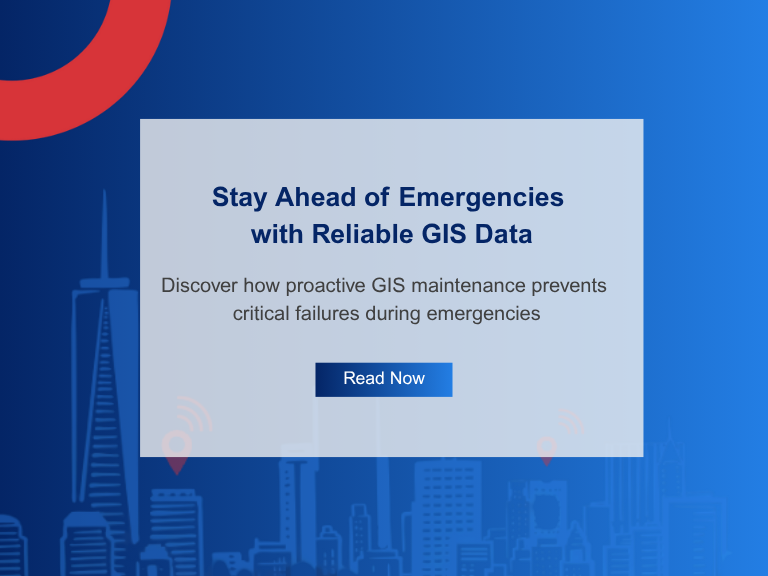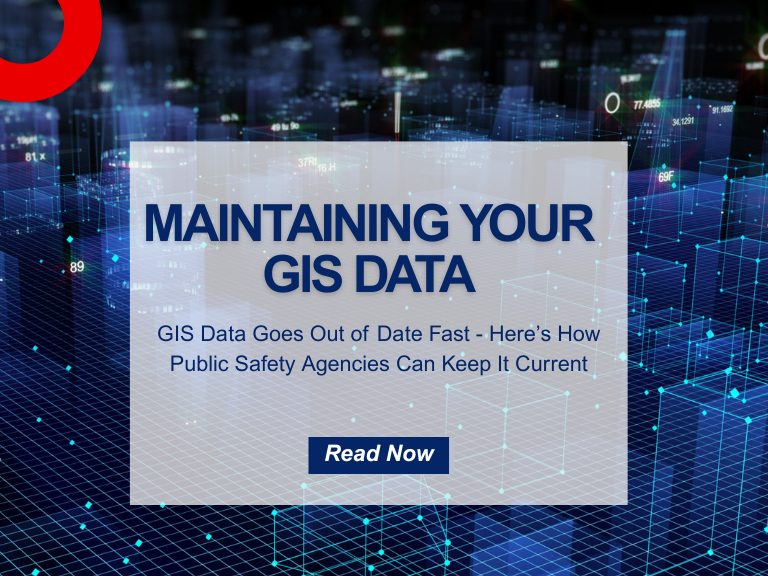Superior Software Maintenance with Cloud-Native Public Safety Applications
As an administrator of your agency’s public safety information technology infrastructure, you are responsible for coordinating minimal impact updates on your critical software applications. This can sometimes require careful planning and scheduling due to the time-sensitive updates and software patches which need immediate attention. What if you could eliminate the interruption and get these enhancements to users sooner? Cloud-native applications to the rescue.
Before diving into the maintenance advantages of cloud-native applications, first, it is important to understand what a cloud-native application is.
Cloud-native is an architectural philosophy for building, running, deploying, and maintaining software applications using microservices. A common misconception is that cloud-native means having software applications hosted with a public cloud provider using cloud provider services. Yes, cloud-native applications run on public cloud providers and run well, but they also run on-premise, otherwise known as a private cloud. Cloud-native is more than the hosting environment or the use of cloud services.
So why does cloud native’s architectural philosophy matter, and how does it improve the software update process? Three key benefits to cloud-native applications that answer those questions include:
Enables Quicker Updates
Cloud-native applications contain a set of independent microservices. More specifically, a suite of self-contained application processes that can communicate with each other. To enhance a cloud-native application, only impacted microservices get changed, not the entire application. When updating traditional software applications, you must execute an installer or perform a monolithic software deployment. Cloud-native applications can independently and incrementally update microservices, making application updates smaller and quicker to deploy in a lab or production.
Reduces Installation Risk
Cloud-native applications allow for patching without running an update on the entire software application, significantly reducing risk when performing these types of updates. When running a software update on a traditional software application, files are overwritten, limiting the ability to revert that update if something goes wrong. In many cases, a reinstallation of a previous version is necessary. In a cloud-native application, the current microservice gets replaced with a new microservice. If the new microservice does not work, it switches back to the old microservice. This cloud-native ability can drastically minimize the risk associated with updates.
Shortens Application Maintenance Windows
As mentioned, cloud-native application microservices get swapped out during an update, not installed, avoiding traditional installation downtime. Cloud-native applications also allow for update automation and transitions users automatically to the new microservice once it is available while the old microservice remains active. Once the transition is complete, the old microservice gets removed from use. This cloud-native application update automation capability, reduces maintenance planning and keeps users up and running on the application.
GeoComm’s Public Safety Location Intelligence® Platform is based on cloud-native applications which are specifically designed to meet the unique needs presented to public safety information technology administrators. These applications leverage the newest technologies to empower your agency with quicker updates, reduced risks, and shorten maintenance time so that you can focus on your agency’s mission while we focus on the software and infrastructure.


